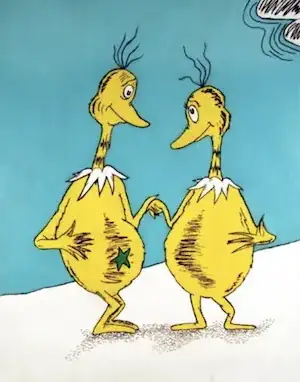So I understand that they are equal, but I can't get my head around the wording. Why can we choose "1 special element, and $k − 1$ from the remaining $n − 1$, or choose all $k$ from the $n − 1$"?
To choose $k$ elements from $n$ we can either choose 1 special element, and $k-1$ from the remaining $n-1$, or choose all $k$ from the $n-1$. This [sic] we have Pascal's Rule $$C_k^n = C_{k-1}^{n-1} + C_k^{n-1}. $$ This leads on to the so-called Pascal's Triangle.
Sorry if this basic but sometimes I have an issue getting around wording I'm hope there is a simpler wording for it!
